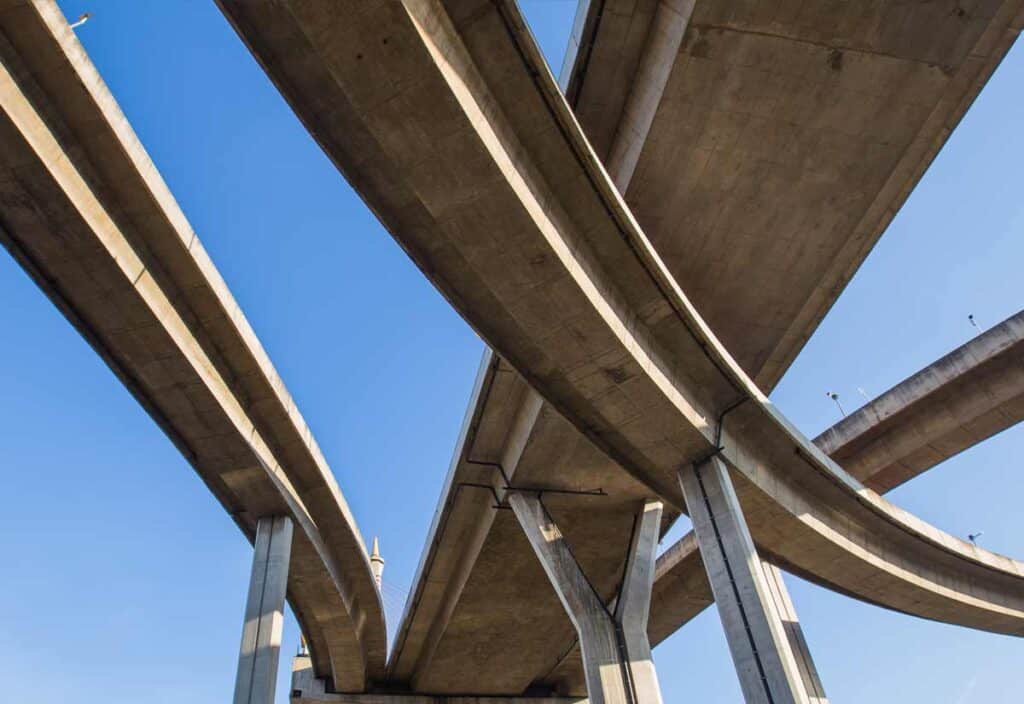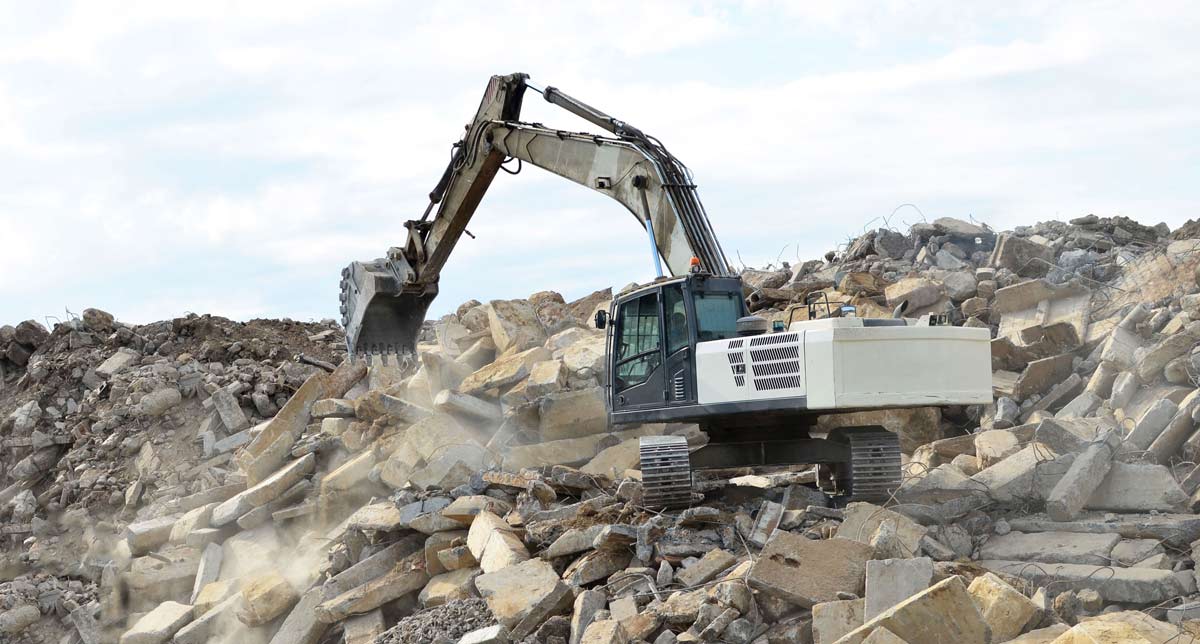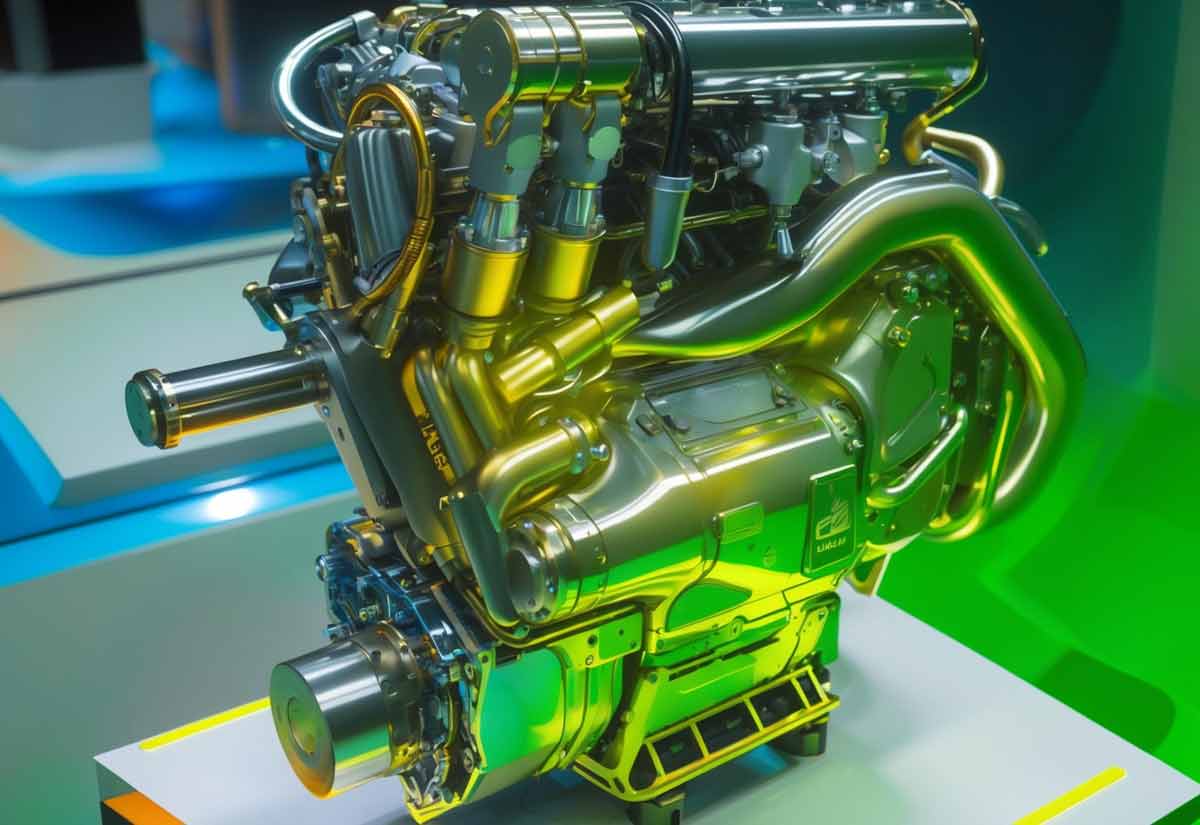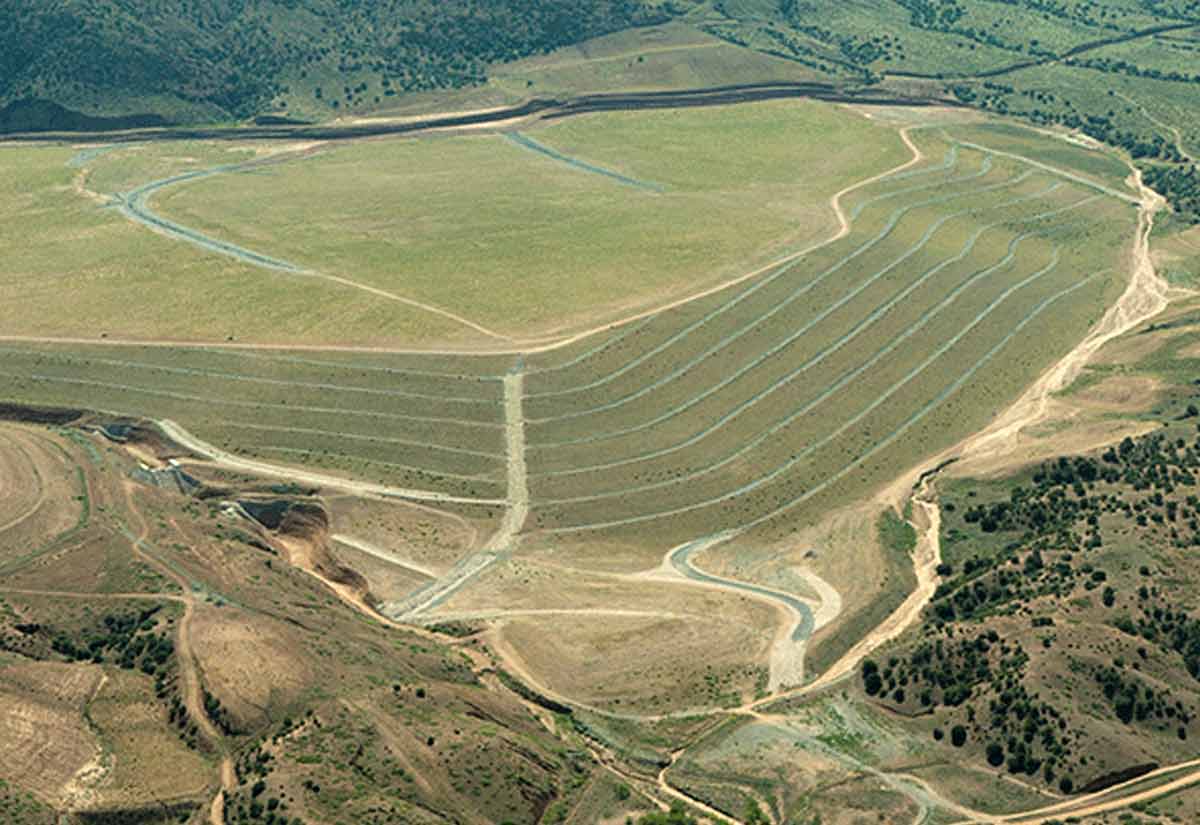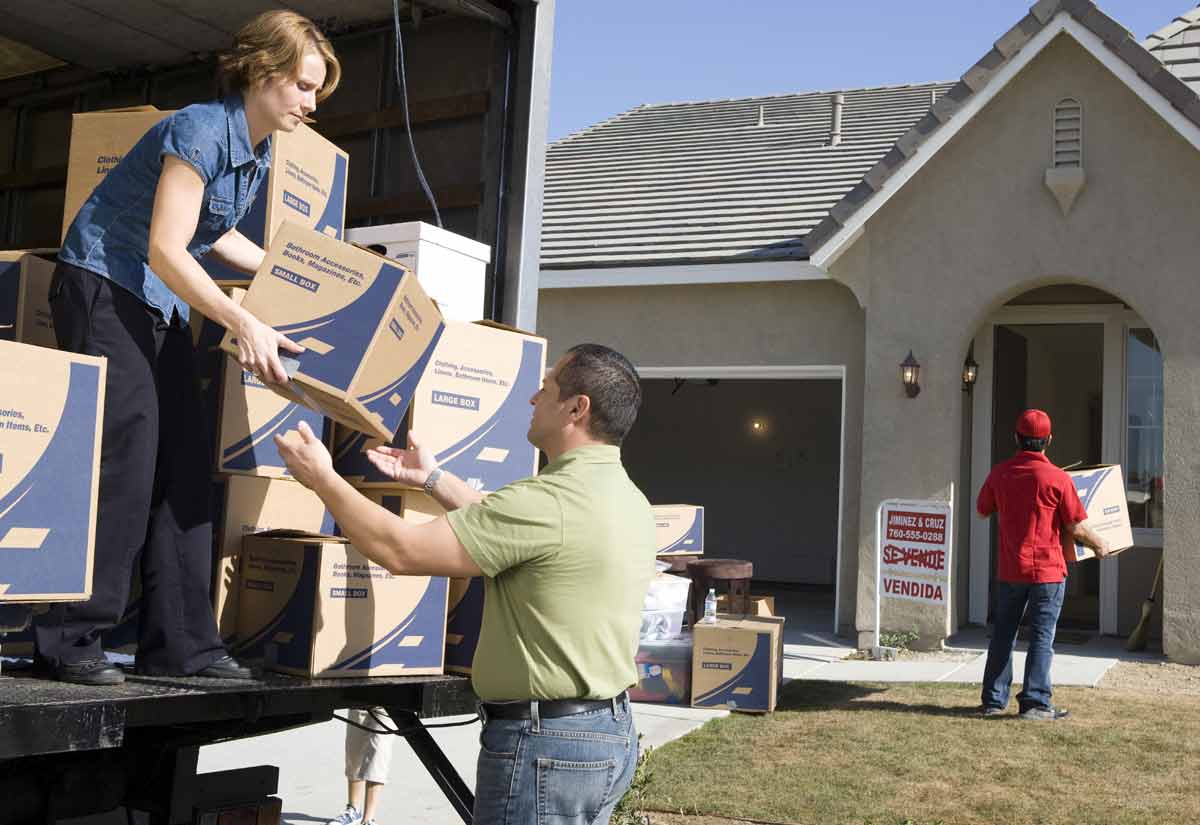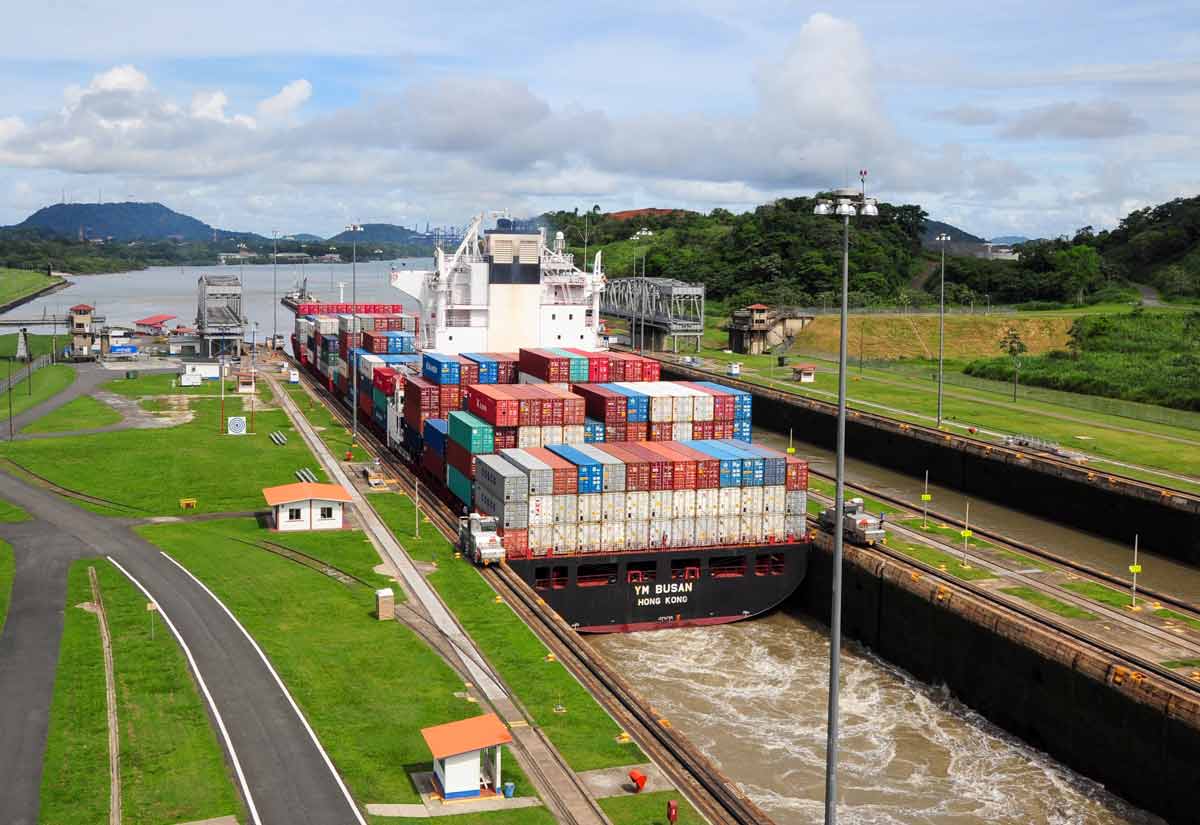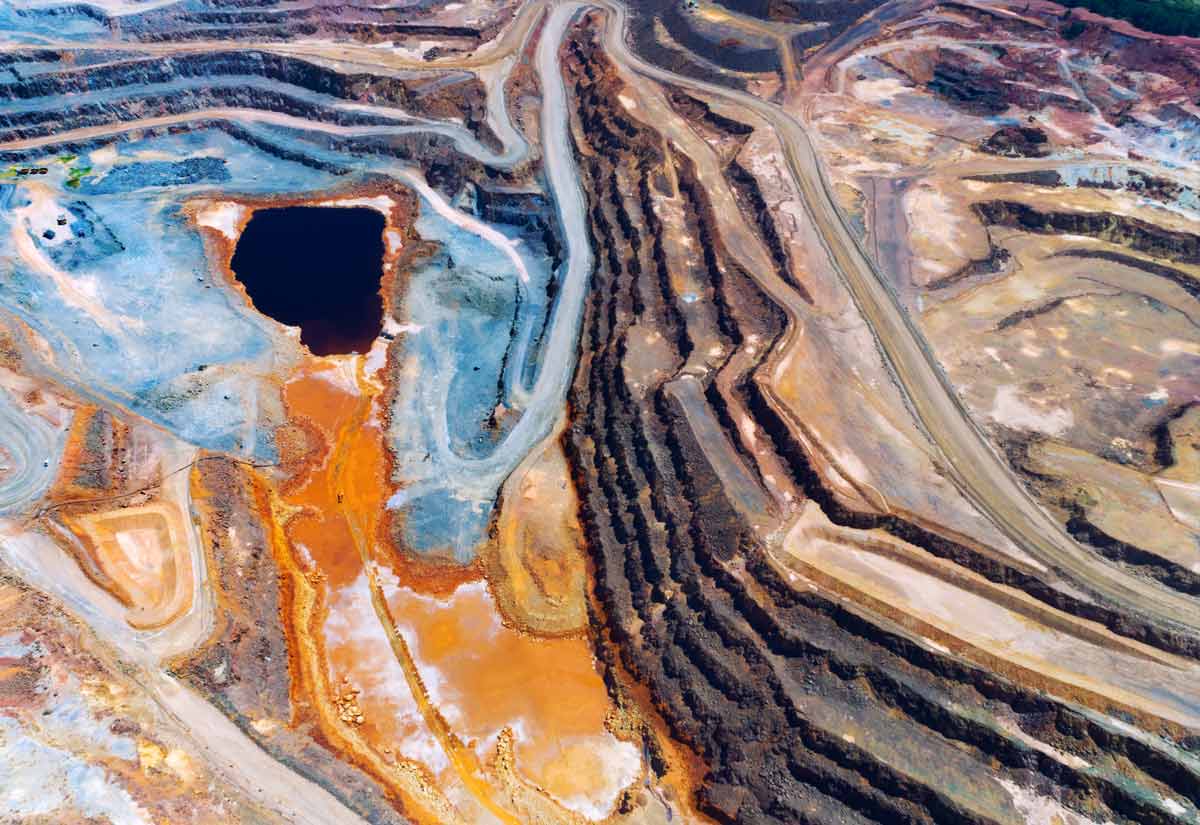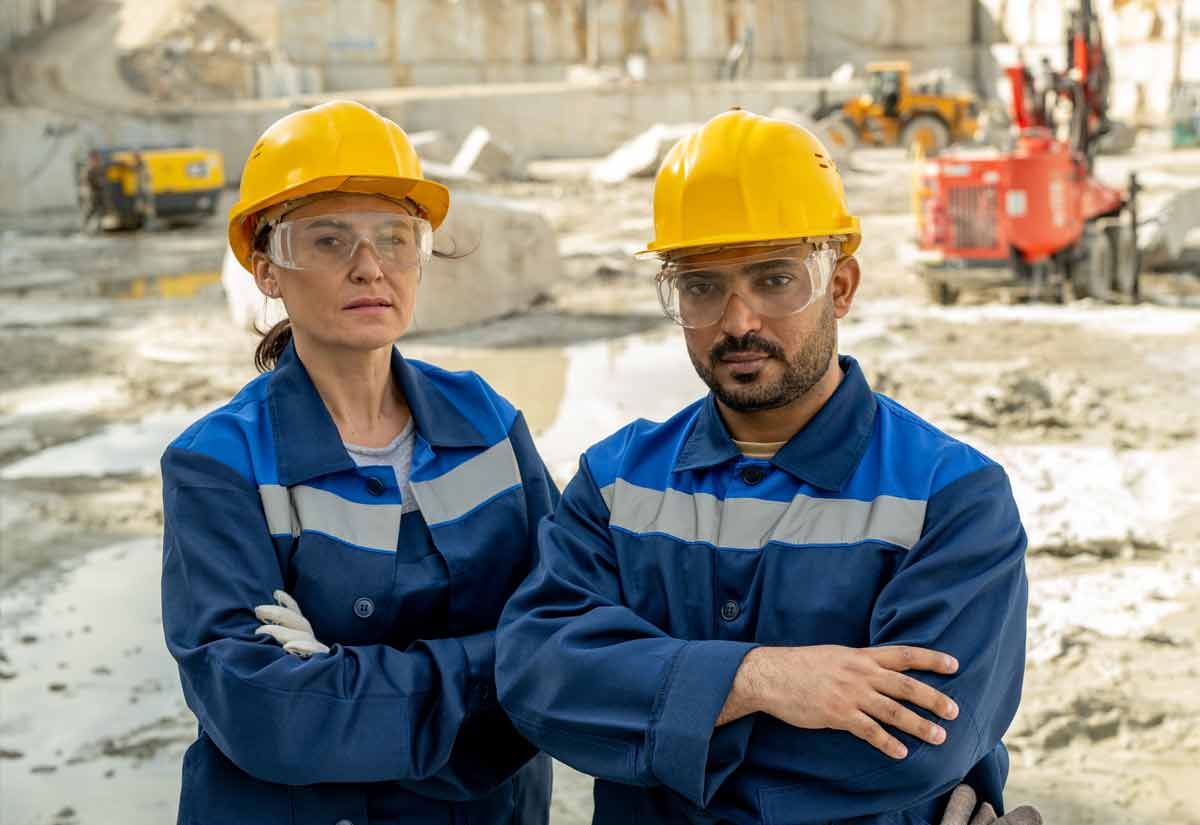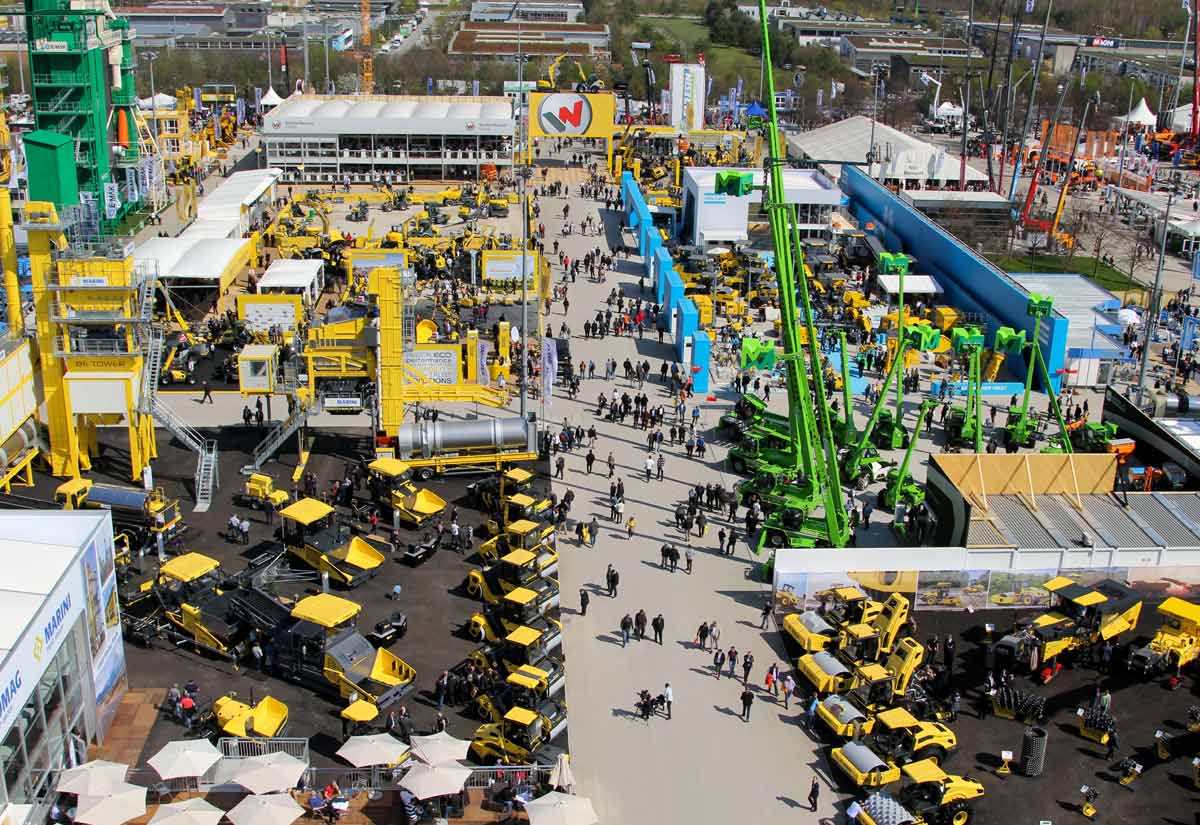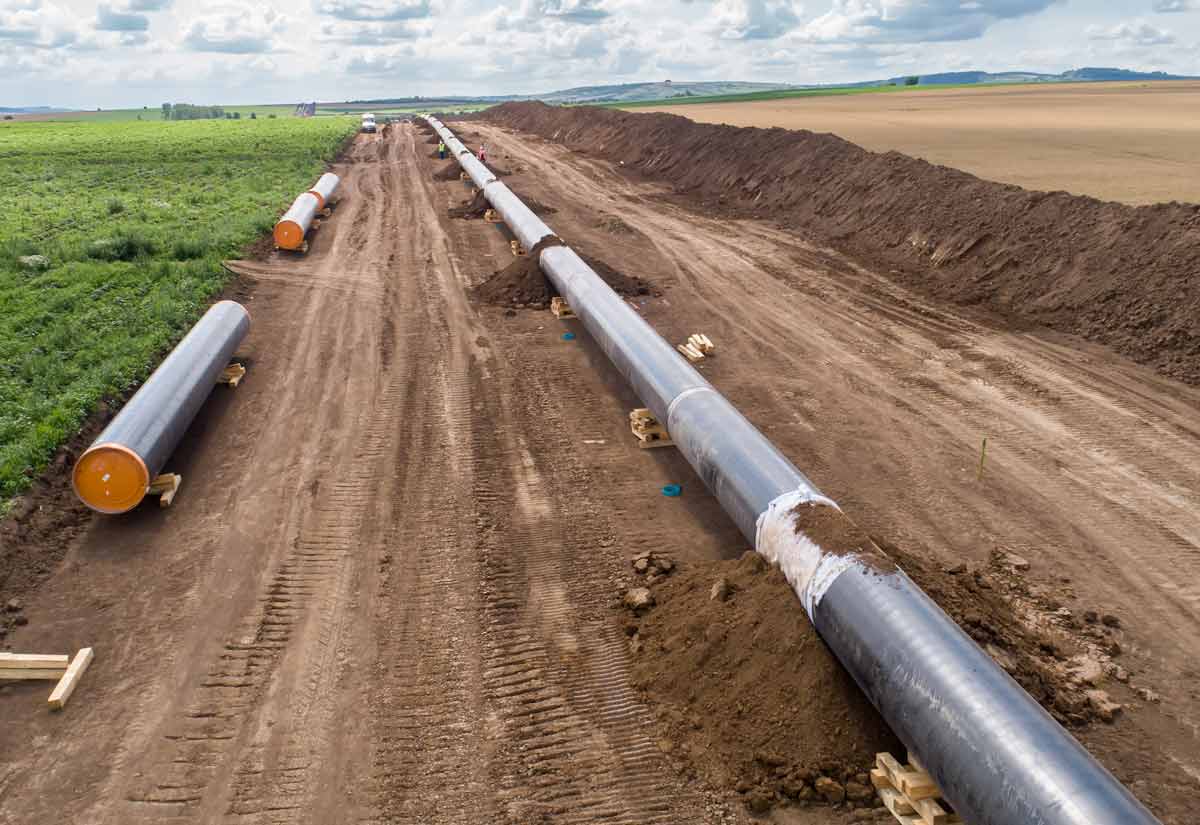The term “green concrete”, not so many decades ago, used to describe the condition of freshly poured ready mix concrete in construction projects or precast concrete products that required more curing time to achieve its full average 3,000 psi strength. The term “green” as applied to concrete was all about quality control.
Now, in our era of “carbon neutral” construction materials and green energy trends, the term “green concrete” has evolved to describe an environmentally friendly construction material. At Resource Erectors we’ve been keeping a close eye on advancements in green concrete technology primarily for two reasons:
- Concrete and aggregates, not to mention civil construction and infrastructure engineering projects reliant on ready-mix concrete and precast concrete products, are industry sectors requiring our specialized recruiting expertise for professional candidate placement and leadership. So we make it a priority to keep ourselves as well as industry-leading companies and professional candidates ahead of the curve.
- Concrete in the politically driven carbon-neutral era we’re experiencing now with rigorous environmental regulations worldwide has taken quite a public relations beating from overly zealous environmental activists and reactionary governments that tend to regulate first and check the science later. So at Resource Erectors, we take every opportunity to set the record straight when it comes to the most-used man-made material in the world.
Recycling and Concrete: Send Us Your Tires, Your Rubble!
With over 70% of the world’s population living in structures that contain concrete, the most natural disaster-resistant building material available, only one other substance on the planet is consumed more by human society. That substance is water!
In the US more than 55,000 miles of highway are paved with concrete. With such widespread use, scientists are constantly looking for innovative ways to make concrete even more resilient by increasing strength and heat resistance with new additives and aggregate enhancements. Under increasing environmental pressures, diverting concrete waste from landfills is another top priority for the industry.
Now scientists from Australia’s RMIT University may have come up with a win/win solution in the search for better concrete construction materials with a new recycled concrete aggregate that’s a superior choice for paving those 55,000 miles of highway.
In his informative January 2021 article at New Atlas Nick Lavars reports on how RMIT research has led to the addition of recycled rubber tires and concrete demolition rubble in the traditional time-proven concrete formula of portland cement, sand, crushed rock, and water. First developed for paving, the RMIT team is now moving on to develop the innovative recycled concrete formula for precast concrete products.
Recycled Concrete Advances From Paving Applications to Precast Products
The key to moving from paving applications to high-strength precast concrete is what Nick Lavar describes in his report as a breakthrough customized mold developed by the RMIT engineering team. Compression is applied to the mold to compress rubber tire fibers and recycled rubble aggregates along with the usual cement and water ingredients to compact them down to minimum volume. The resulting product is a concrete material with 35% greater strength. And for precast concrete producers there’s more good news.
“The technology can be easily applied in the precast concrete industry and requires very little change to existing manufacturing processes with the addition of just one extra step in the final stage of production.”- Professor Yufei Wu- RMIT’s School of Engineering.
RMIT researchers are on the hunt now for precast concrete industry partners eager to develop and test precast high-demand concrete items with enhanced 35% strength such as:
- Blocks for construction
- Roadside and highway median barriers
- Decorative wall panels
- Foundation and patio slabs
- Concrete pavers
Diverting Concrete Waste From Landfills
Concrete is the most durable construction material in the world, and like the concrete used by the Egyptians to build the pyramids, an incredible 5,000-year lifespan for concrete structures isn’t unusual. But with the ever-changing demands of human civilization, the demolition of old obsolete concrete buildings and structures is inevitable.
But what can be done to dispose of the concrete rubble, a construction material with such incredible resilience to the elements that it’s not going to break down naturally in landfills any time soon? The answer is simple. Use the old concrete to make the aggregates for new concrete.
Fortunately, the crushing characteristics of hardened concrete are nearly equivalent to natural rock. That means that the original quality of the recycled material isn’t a factor, except for the poorest quality original concrete. As an aggregate for new concrete, the recycled rubble actually has advantages. Since all the original aggregate components are there as well as the existing hydrated cement paste, recycled concrete aggregates add more to enhance binding and strength characteristics than virgin crushed rock and sand alone.
“This [additional] paste reduces the specific gravity and increases the porosity compared to similar virgin aggregates. Higher porosity of RCA (Recycled Concrete Aggregates) leads to a higher absorption.”- cement.org
About Resource Erectors
At Resource Erectors we bring decades of specialized recruitment experience to the table for the precast and ready-mix concrete and aggregate sectors of industry. We also maintain long-standing recruitment connections with jobs available at many industry-leading companies in mining, civil construction, engineering, tunneling, construction materials, and minerals and metals processing. If you’re a professional and you’re ready to make a strategic move up the career ladder, Resource Erectors can help.
When your organization needs to fill critical vacancies you can rely on Resource Erectors to help you avoid the high costs and disruptions that can occur when your dream team is lacking key players. Over 85% of Resource Erectors’ placed candidates are still contributing to the success of their companies 5 years later. That’s significant when it comes to avoiding the costs and disruptions of a bad hire, so don’t hesitate to contact us today.
